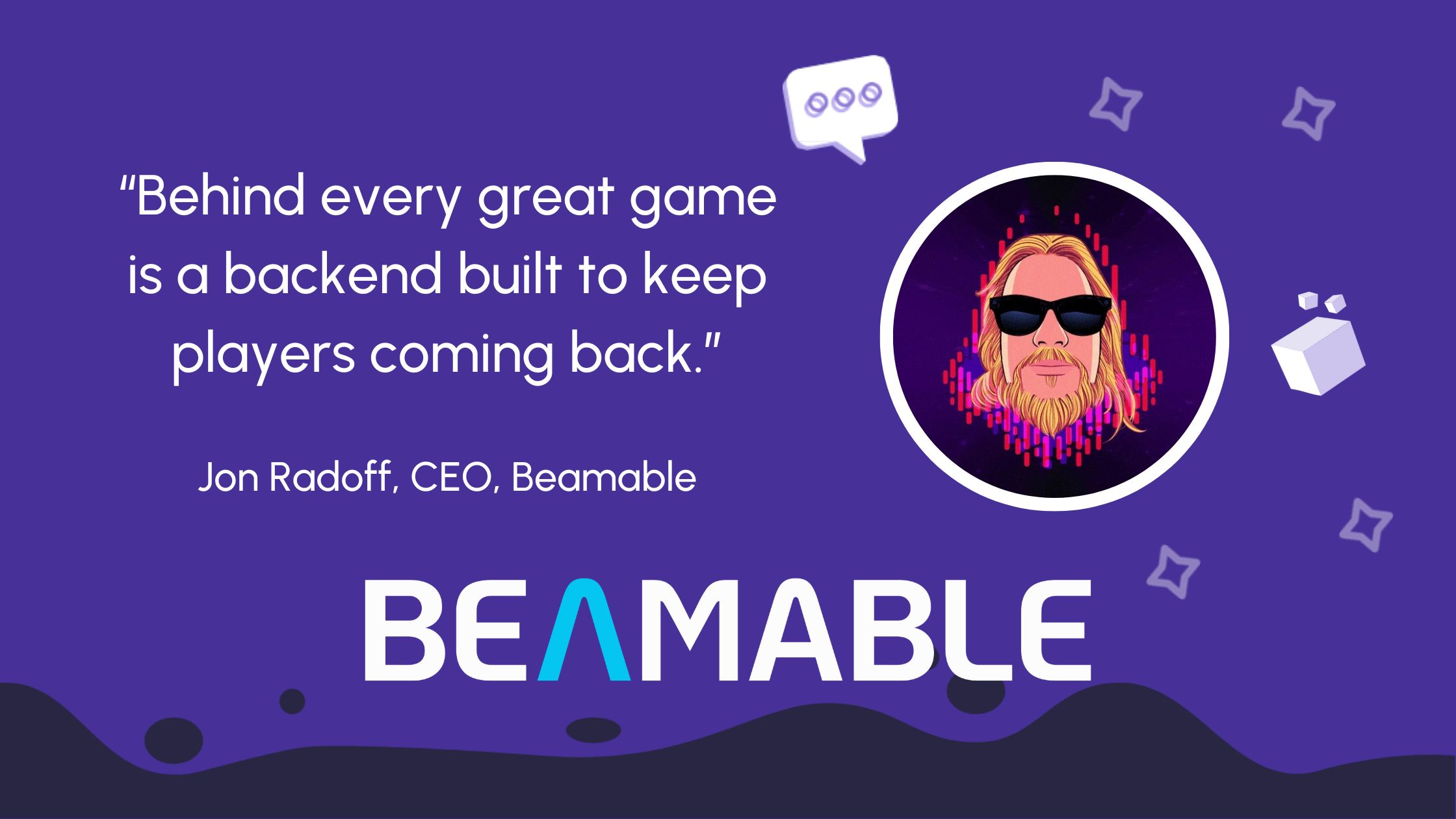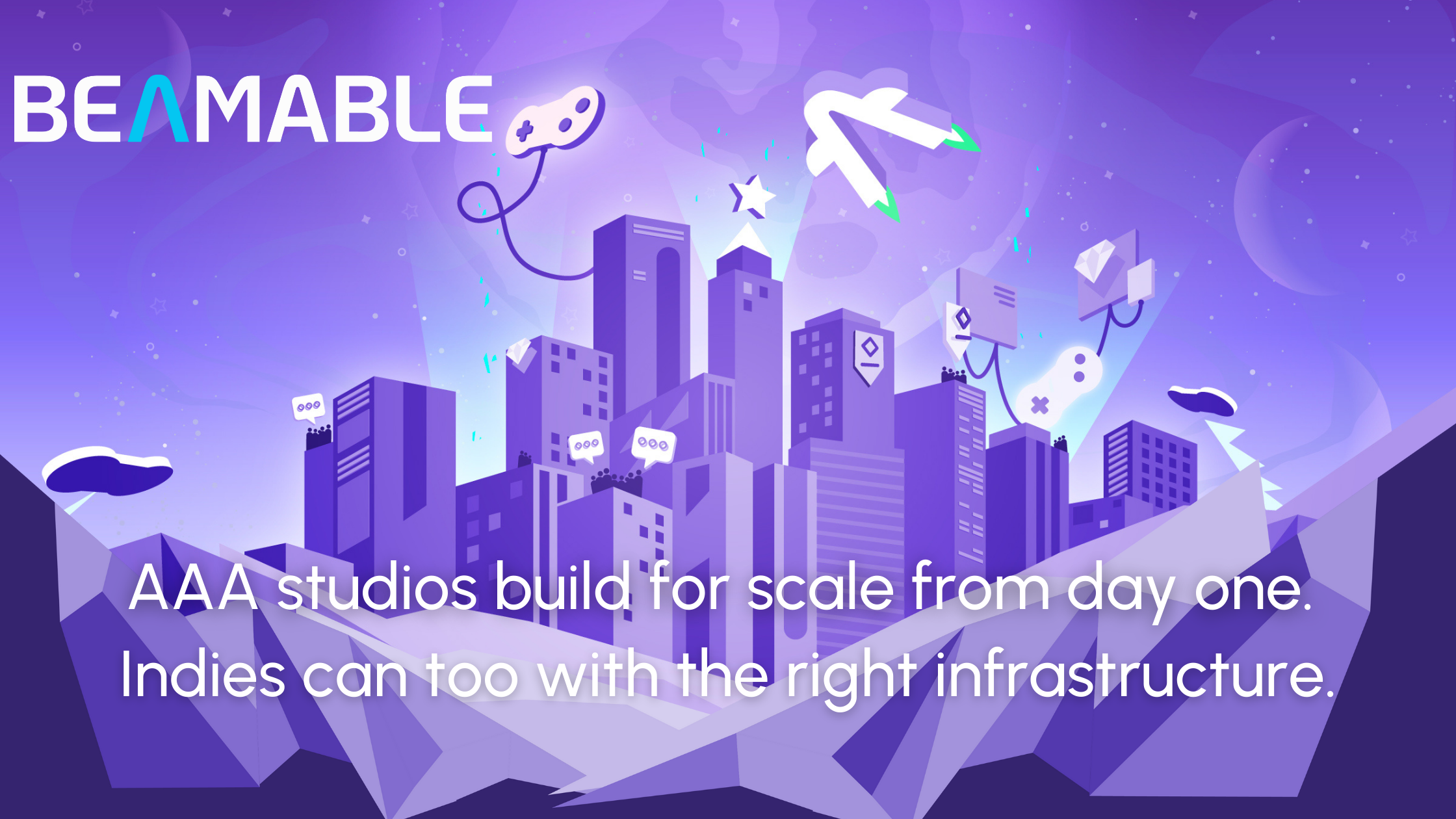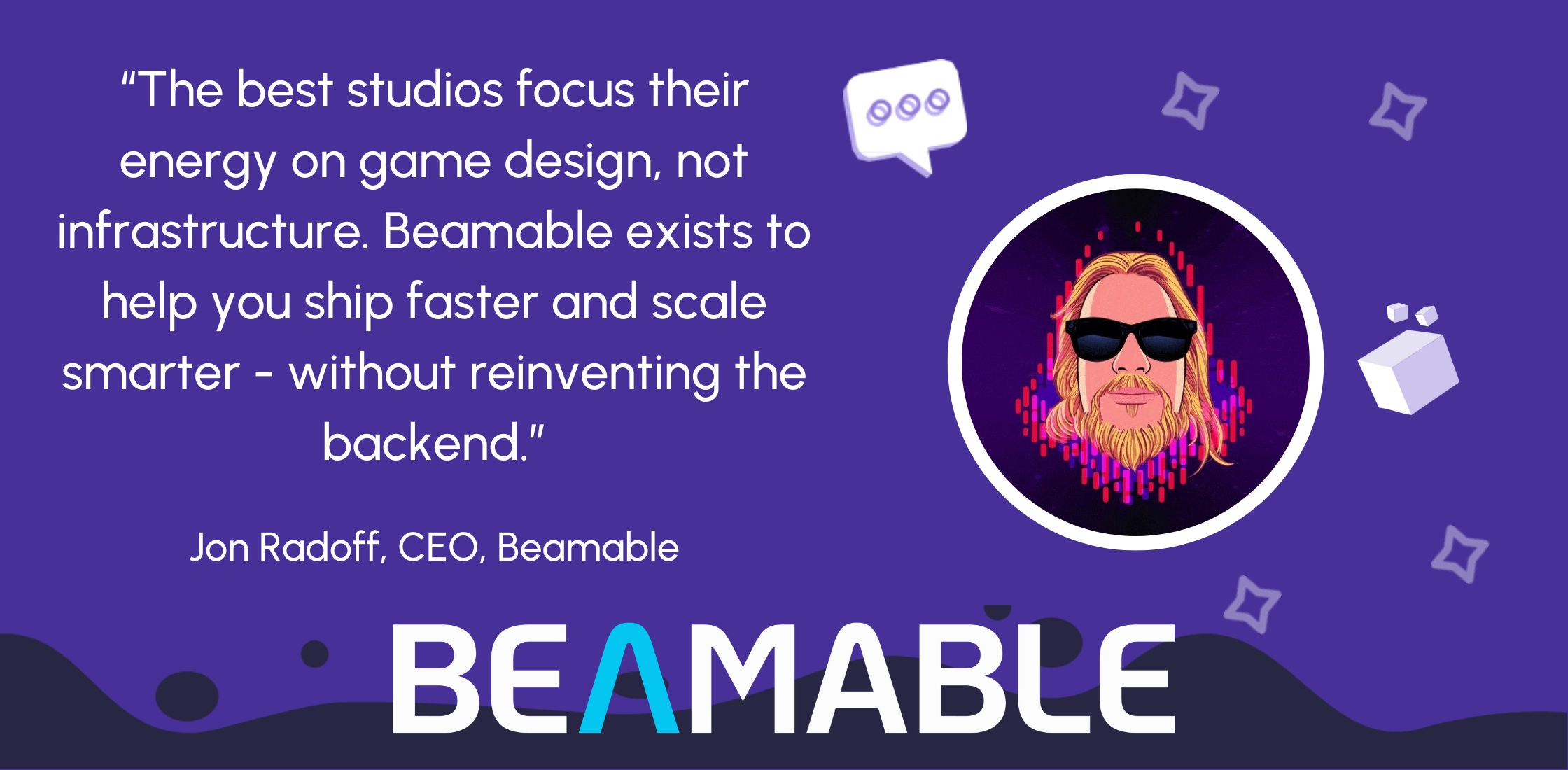Beating the Odds: How to Make an Indie Game Successful

Beating the Odds: How to Make an Indie Game Successful
There was a time when AAA titles funded by massive companies, backed by what seemed like infinite budgets and marketing dominated the gaming scene. Despite the massive gaming franchises of Nintendo, Sony, and Xbox, and the corporate giants like EA, Activision, and Rockstar (among others), indie studios have always managed to break through driven by creativity, innovation, and sheer dedication.
The most significant indie success story has to be Minecraft. It’s a simple game that involves mining, crafting and worldbuilding, and enables the player to play it the way they want. . Minecraft is now part of pop culture and has undergone massive expansions since its inception, adding new mechanics, biomes, creatures, and massive worlds of treasures. You know a game is successful when game developers and players alike build Hogwarts, the Nether, and a virtual library that’s home to real-world uncensored texts.
Making games is tough and most titles will never find an audience. And even if you do find an audience, most games will never make back the money that was invested in them when you account for time and opportunity cost. While this can prove discouraging to some, the challenge to break through into success is a dopamine boost for others.
To help, here are a few pointers to follow that we think might help you maximize your game’s chance at success.
1. Start small
The goals for your gaming project must be clearly defined and achievable. The pre-production phase of game development exists for a reason. You have to sketch out what you want the game to be, all the components it will need to be successful, who the game is for, how big the player market is, and all the technical needs of the project. If any of these areas is undefined, it can lead you down a rabbit hole of indecision, analysis paralysis, and project abandonment.
As an indie developer, it’s important to keep it simple so that the project doesn’t add too much strain on your limited resources. Our suggestion is, when you begin game development, create a roadmap to launch the minimum viable product (MVP) to players as soon as possible, get feedback, and iterate. As you deliver simple yet fulfilling experiences, you will build momentum for yourself or your team, and your players.
2. Know your limits and plan accordingly
As an indie studio that might be made up of a single person or a small group, it’s imperative to know the full limits of your capabilities. Go on a scavenger hunt for resources and information on indie-dev communities, game maker forums, and scouting out the relevant social media hashtags and Reddit channels.
When you go through the pre-production phase of your game (see step 1!), define a project that can play to your strengths. Understand the requirements – the tools, what you need to work on, who should be working on what, adopt an agile management approach to hit those smaller checkpoints, and get to the goal.
It’s also equally important to know when to scrap an idea and try something new. Listen to your instincts. Know your strengths as a team and an individual, and plan a game project that will maximize those.
3. Use the right tools
To make a financially successful indie game, it’s important to be aware of what worked best for the indie game devs that made successful games. They were focused on minimizing costs and maximizing game quality, sales, and marketing.
The main way to minimize costs is to pick the right tools! Use reliable game engines and platforms to build your game, as these have a crucial impact on the final product as well as your operational costs.
Unity is currently the best platform for building your game. Successful titles like Hearthstone are powered by Unity and a large part of the game development community vouch for its reliability. It has a versatile array of tools for all kinds of applications. It also has a vast universe of support tools to allow you to add your favorite features to your game.
Beamable-Unity: A perfect match for game devs
At Beamable, we’ve developed a platform that’s fully compatible with Unity. You’ll be able to add a plethora of features to your game, including in-game shops, social connectivity options, content management, and LiveOps.
Beamable features simple drag-and-drop prefabs with fully managed backends, easily skinnable UIs, and a streamlined building platform. On top of that, there’s a central web portal from where you can manage events, player stats, in-game inventory, analytics, and a lot more with ease.
If you follow some of our advice above and use Unity with Beamable to create a successful game, perhaps we will be talking about your success in future blog posts! Feel free to contact us if there is a project you think Beamable can help with.




